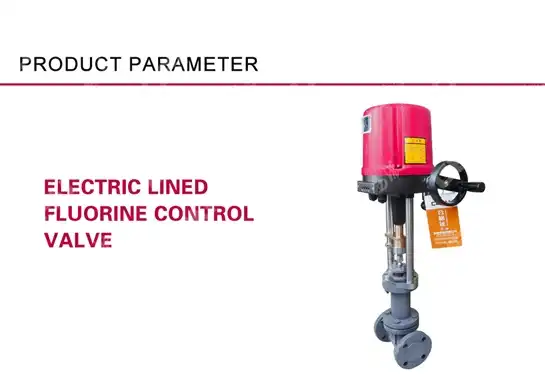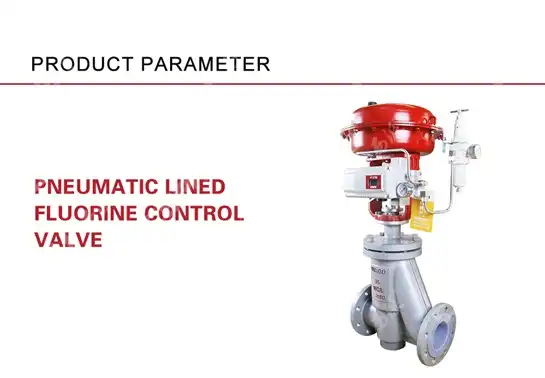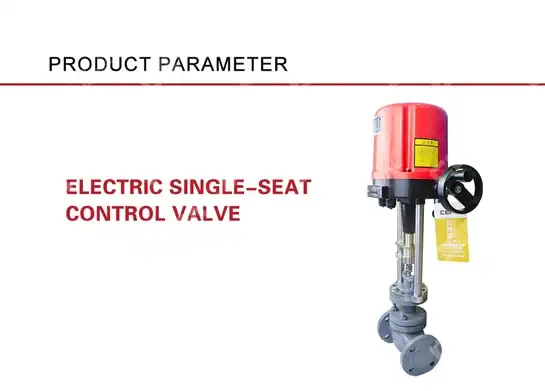High Temperature vs. Low Temperature Valves: What's the Key Difference
Imagine facing a critical system failure at your petrochemical plant because the wrong valve was selected for extreme temperature conditions. The difference between high-temperature valve and low-temperature valve applications can mean the difference between operational success and catastrophic failure. Understanding the key distinctions between these specialized valve types is crucial for engineers, procurement specialists, and facility managers who need to ensure reliable fluid control systems in challenging environments. This comprehensive guide will explore the fundamental differences, material considerations, design requirements, and application scenarios that distinguish high-temperature valve systems from their low-temperature counterparts, providing you with the knowledge needed to make informed decisions for your industrial operations.
Material Selection Differences for High-Temperature Valve Applications
The most critical distinction between high-temperature valve and low-temperature valve systems lies in their material composition and metallurgical properties. High-temperature valve applications typically operate in environments ranging from 450°C (842°F) to over 1000°C (1832°F), requiring materials that maintain their structural integrity under extreme thermal stress. These valves commonly utilize specialized alloys such as Inconel, Hastelloy, and high-grade stainless steels like 316H and 321SS, which resist thermal expansion, oxidation, and creep deformation at elevated temperatures. In contrast, low-temperature valve systems must contend with entirely different material challenges. Operating in environments as cold as -196°C (-321°F) in cryogenic applications, these valves require materials that resist brittle fracture and maintain ductility at sub-zero temperatures. Austenitic stainless steels, particularly 304L and 316L grades, are preferred for their excellent low-temperature toughness. The material selection process for low-temperature applications focuses on Charpy V-notch impact testing to ensure adequate fracture toughness, while high-temperature valve materials are evaluated for creep resistance and thermal fatigue properties.
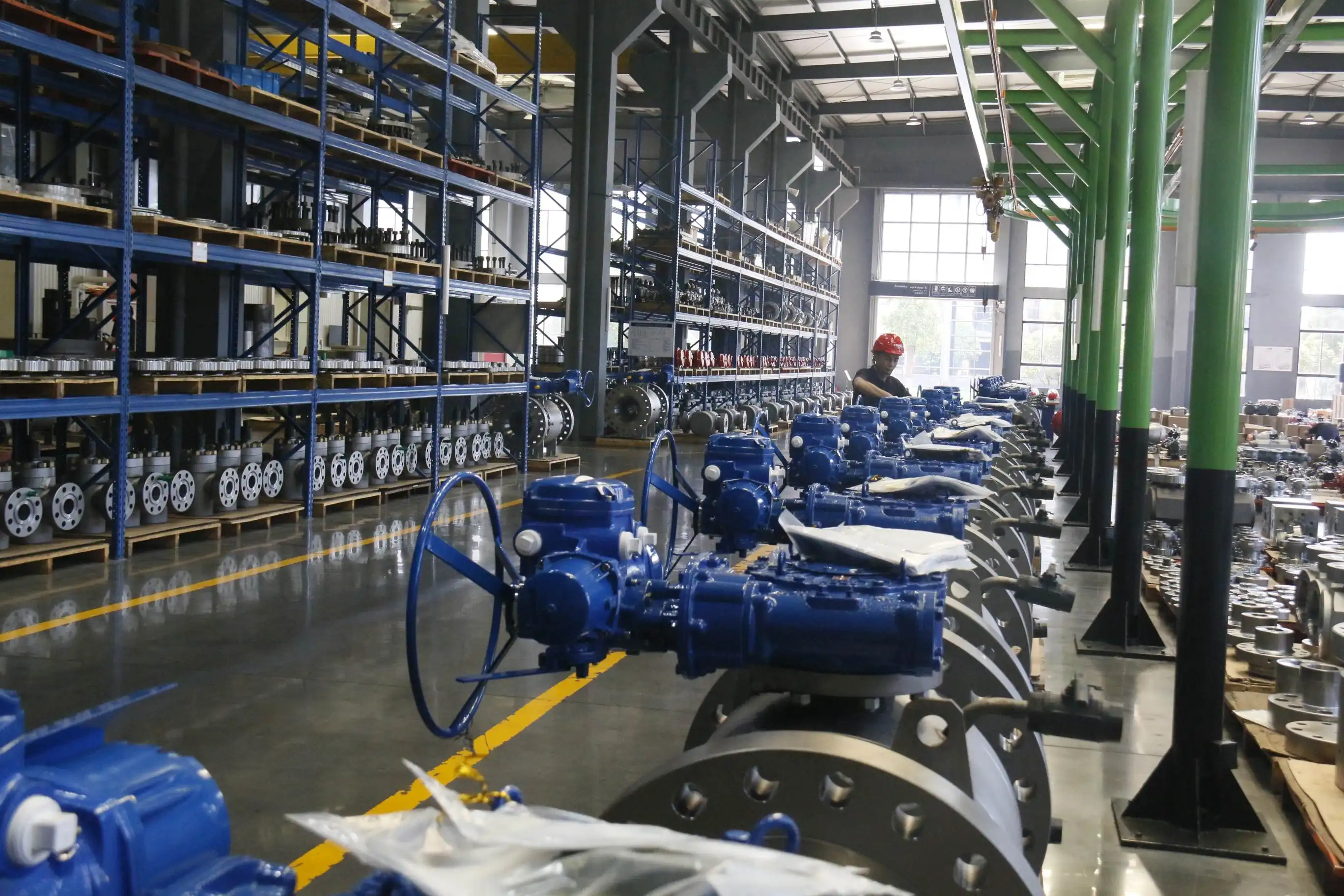
-
Thermal Expansion Considerations
High-temperature valve designs must accommodate significant thermal expansion differences between valve components. The valve body, trim, and actuator components all expand at different rates, requiring careful engineering to maintain proper clearances and prevent binding. Advanced high-temperature valve systems incorporate expansion joints, flexible connections, and specialized bearing materials to manage these thermal stresses effectively. Low-temperature valve applications face the opposite challenge, where thermal contraction can create gaps in sealing surfaces and alter component geometries. These valves utilize pre-loaded spring systems and materials with favorable thermal contraction coefficients to maintain sealing effectiveness throughout temperature cycling.
Sealing Technology and Performance Requirements
The sealing mechanisms employed in high-temperature valve and low-temperature valve applications represent fundamentally different engineering approaches. High-temperature valve sealing systems must withstand extreme heat while maintaining leak-tight performance, often relying on metal-to-metal sealing interfaces, graphite-based packing materials, and ceramic-lined seating surfaces. These valves frequently incorporate fire-safe designs with secondary sealing mechanisms that activate when primary elastomeric seals fail due to extreme heat exposure. Low-temperature valve sealing presents unique challenges related to elastomer brittleness and thermal shock. These systems utilize specialized elastomeric compounds such as fluorocarbon and perfluoroelastomer materials that maintain flexibility at cryogenic temperatures. The high-temperature valve industry has developed innovative solutions including live-loaded packing systems and self-energizing metal seals that accommodate thermal cycling without leakage.
-
Seat Design Innovations
Advanced high-temperature valve designs incorporate replaceable metal seats with specialized coatings such as tungsten carbide or stellite to resist erosion and maintain sealing effectiveness at extreme temperatures. These seats are designed with controlled thermal gradients to prevent warping and maintain flatness throughout temperature cycling. The engineering of these components requires precise thermal analysis and extensive testing to ensure long-term reliability. Low-temperature valve seat designs focus on maintaining proper preload and contact pressure as materials contract. These valves often feature spring-loaded seat mechanisms and specialized gasket materials that compress rather than become brittle at low temperatures. The sealing interface geometry is optimized to concentrate contact pressure and minimize leakage paths even as component dimensions change with temperature variation.
Design Engineering and Structural Considerations
The structural design requirements for high-temperature valve systems involve complex thermal stress analysis and fatigue life calculations. High-temperature valve bodies typically feature thicker wall sections to accommodate thermal stresses and prevent distortion. These valves incorporate thermal barriers, insulation mounting provisions, and specialized flange designs to manage heat transfer and protect adjacent piping systems. The valve stem design requires particular attention to prevent thermal binding and ensure smooth operation throughout the temperature range. Low-temperature valve designs focus on preventing ice formation, maintaining material toughness, and managing thermal shock loads. These valves feature drain provisions to prevent water accumulation and freezing, extended bonnet designs to keep packing and actuators in ambient conditions, and specialized surface treatments to prevent moisture condensation. The structural analysis for low-temperature applications emphasizes impact resistance and thermal cycling fatigue rather than creep and thermal growth.
-
Actuator Integration Challenges
High-temperature valve actuators must be isolated from extreme heat through extended bonnets, heat shields, and cooling systems. The actuator mounting and connection design must accommodate thermal expansion while maintaining precise control authority. These systems often incorporate temperature monitoring and automatic cooling systems to protect actuator components from thermal damage. Low-temperature valve actuators face challenges related to lubricant viscosity changes and potential component embrittlement. These systems utilize specialized low-temperature lubricants and heater systems to maintain operational capability. The actuator design must account for increased operating torques at low temperatures and potential ice formation on external surfaces.
Industry Applications and Performance Standards
High-temperature valve applications span numerous industrial sectors including power generation, petrochemical processing, steel production, and ceramic manufacturing. These valves must comply with stringent industry standards such as ASME B16.34 for pressure-temperature ratings and API 6A for upstream oil and gas applications. The high-temperature valve performance requirements typically focus on extended service life under thermal cycling, resistance to high-temperature corrosion, and maintenance of sealing integrity throughout temperature excursions. Low-temperature valve applications are critical in LNG processing, cryogenic storage systems, aerospace applications, and industrial gas production. These valves must meet specialized standards such as BS 6364 for cryogenic service and ASME B31.3 for process piping design. The performance criteria emphasize leak-tight operation at extreme temperatures, resistance to thermal shock, and ability to function reliably after extended periods of cold soaking.
-
Maintenance and Lifecycle Management
High-temperature valve maintenance programs focus on thermal stress monitoring, oxidation inspection, and component replacement scheduling based on creep damage accumulation. These valves require specialized maintenance techniques including controlled cooling procedures and thermal stress relief processes. The maintenance intervals are typically determined by metallurgical analysis and non-destructive testing rather than traditional time-based schedules. Low-temperature valve maintenance emphasizes moisture control, insulation integrity, and impact damage inspection. These systems require specialized tools and procedures for maintenance in cold environments, including heated work areas and cold-weather personal protective equipment. The maintenance program must address potential ice formation issues and ensure proper functioning of heating and insulation systems.
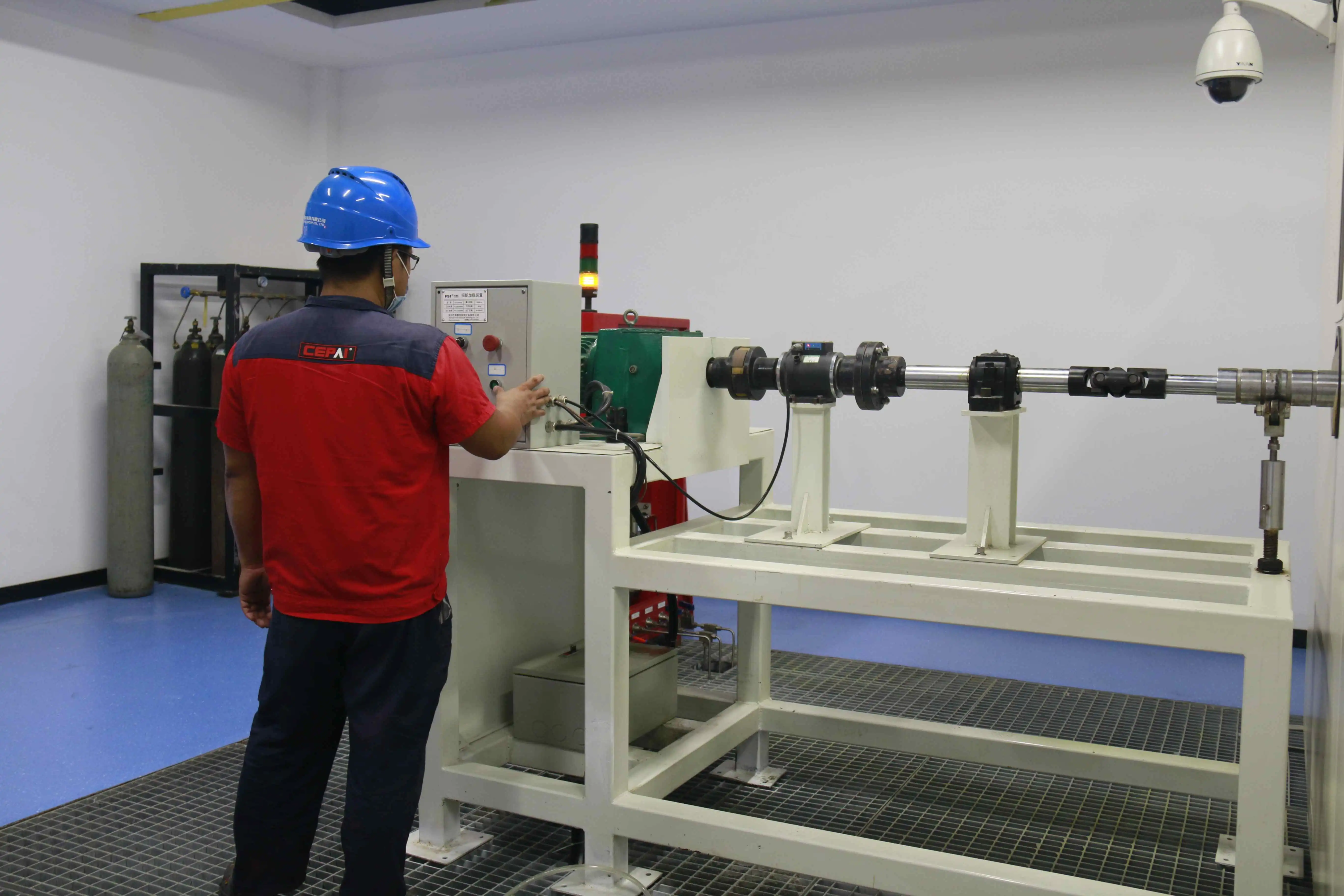
Conclusion
The fundamental differences between high-temperature valve and low-temperature valve systems extend far beyond simple temperature ratings, encompassing material science, sealing technology, structural design, and maintenance requirements. Understanding these distinctions is crucial for selecting the appropriate valve technology for your specific application and ensuring long-term operational success.
Cooperate with CEPAI Group Co., LTD.
As a leading China High-Temperature Valve manufacturer and China High-Temperature Valve supplier, CEPAI Group Co., LTD. offers comprehensive solutions for extreme temperature applications. Our China High-Temperature Valve factory leverages 15+ years of specialized engineering experience, advanced manufacturing capabilities including the longest high-precision intelligent manufacturing flexible production line in the Asia Pacific region, and extensive quality certifications including API 6A, API 6D, and ISO 9001 systems. Whether you need High-Temperature Valve for sale for power generation applications or require China High-Temperature Valve wholesale solutions for petrochemical projects, our High Quality High-Temperature Valve products deliver exceptional durability and precision control performance. Contact our technical experts at cepai@cepai.com for customized valve solutions, competitive High-Temperature Valve price quotes, and comprehensive pre-sales consultation services. Save this article for quick reference when selecting temperature-specific valve solutions for your critical applications.
References
1. "High Temperature Valve Design and Materials Selection" - American Society of Mechanical Engineers (ASME), Pressure Vessels and Piping Division
2. "Cryogenic Valve Technology and Applications" - International Institute of Refrigeration, Commission A1 - Cryophysics and Cryoengineering
3. "Materials for Extreme Temperature Service in Process Industries" - NACE International Corrosion Engineering Standards Committee
4. "Valve Selection for High and Low Temperature Applications" - American Petroleum Institute (API) Standards Development Committee
_1745994800896.webp)
Get professional pre-sales technical consultation and valve selection services, customized solution services.
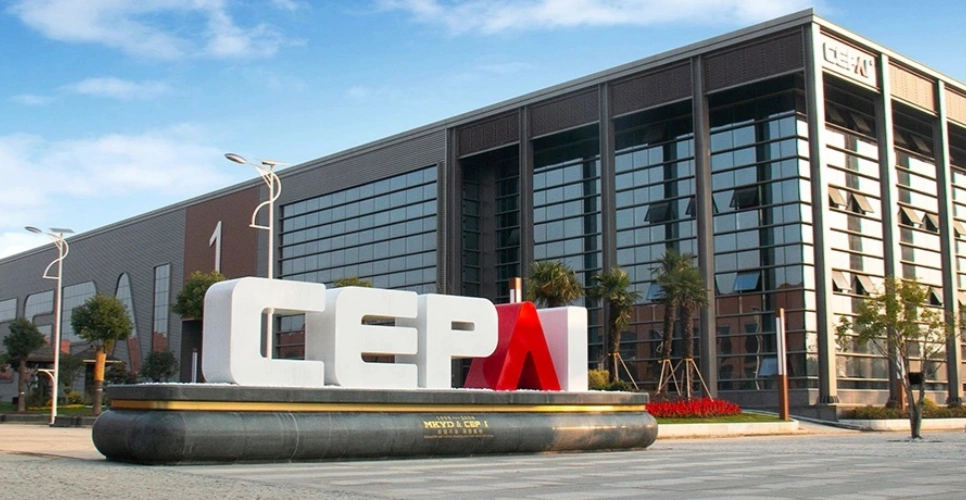
About CEPAI
